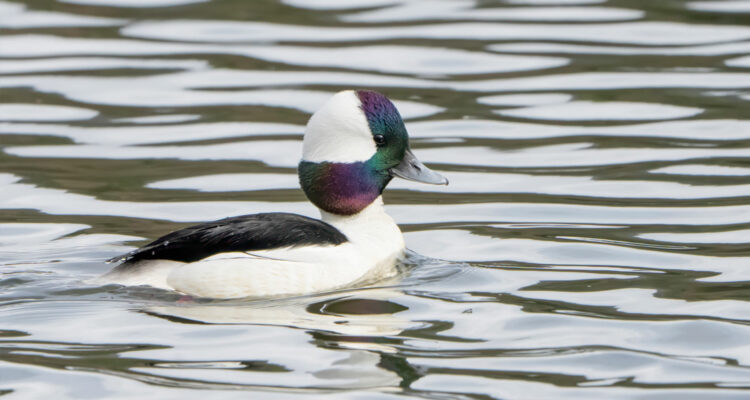Bird City, Milwaukee County is a monthly column celebrating the 11 cities, towns, and villages that have achieved Bird City status within Milwaukee County. Citizens of these locations have made bird conservation a priority, protecting land, writing ordinances, and educating the public on issues concerning our avian neighbors. You can learn more about the Bird City Network by visiting its website. This month: the City of Glendale.
Last month’s debut article on the Village of Bayside singled out a specific location: Schlitz Audubon Nature Center. This month, we’re spreading our wings and heading five miles southwest to check out a few parks located in the City of Glendale. For this month’s Q&A we’re venturing outside of the state for a conversation with the American Bird Conservancy. We’re talking about everyone’s favorite internet subject: cats. Well, cats and birds…cuz it’s a birding column.
But more on that later! Let’s get to exploring Glendale!

My picks for top birding spots in Glendale go to Kletzsch Park and Lincoln Park. Glendale also has a community park, but it’s skewed more towards hosting Little League baseball and other sporting activities. From a boundary perspective, technically not all of Lincoln Park is in the city of Glendale, but a solid birding section is so I’m including it. That section is known as The Island Pitch, and it comes with a unique opportunity. People up for a bit of adventure can take canoes out onto the Milwaukee River, which at this point of the year is a fantastic opportunity to get up close and personal with everyone’s favorite bird…the Canada Goose.
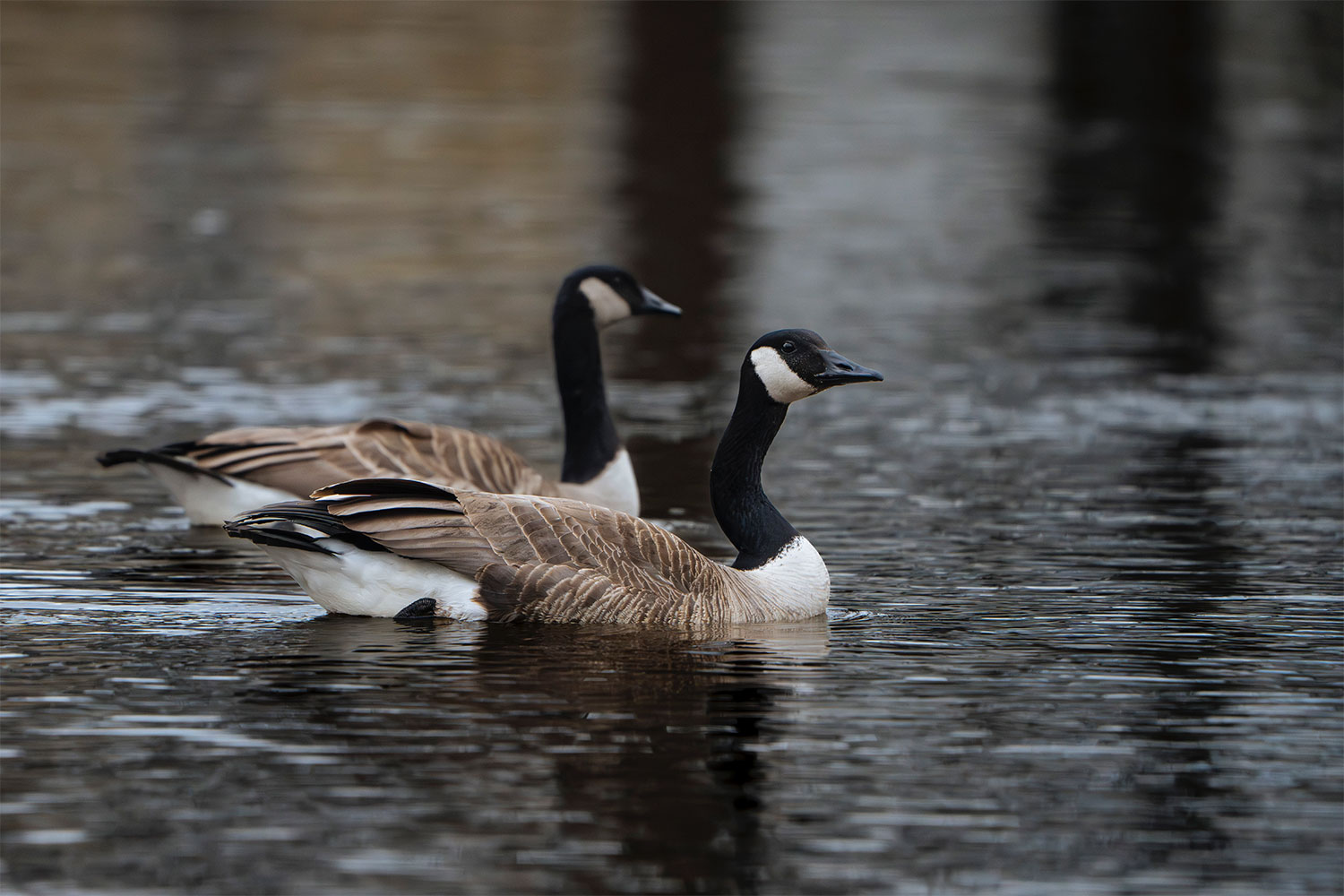
Canada Geese
All joking aside, the 312-acre park is a beautiful spot filled with secluded areas perfect for somewhat timid forest birds. In the winter you can expect to find all of Wisconsin’s common cold-weather birds from white-breasted nuthatches and an assortment of woodpeckers to any American robins that decided not to migrate. Lincoln Park offers a few different pathways on the Oak Leaf Trail, and the Island Pitch pathway is by far its most scenic. Whether hiking or canoeing, it’s a wonderful spot to go birding.
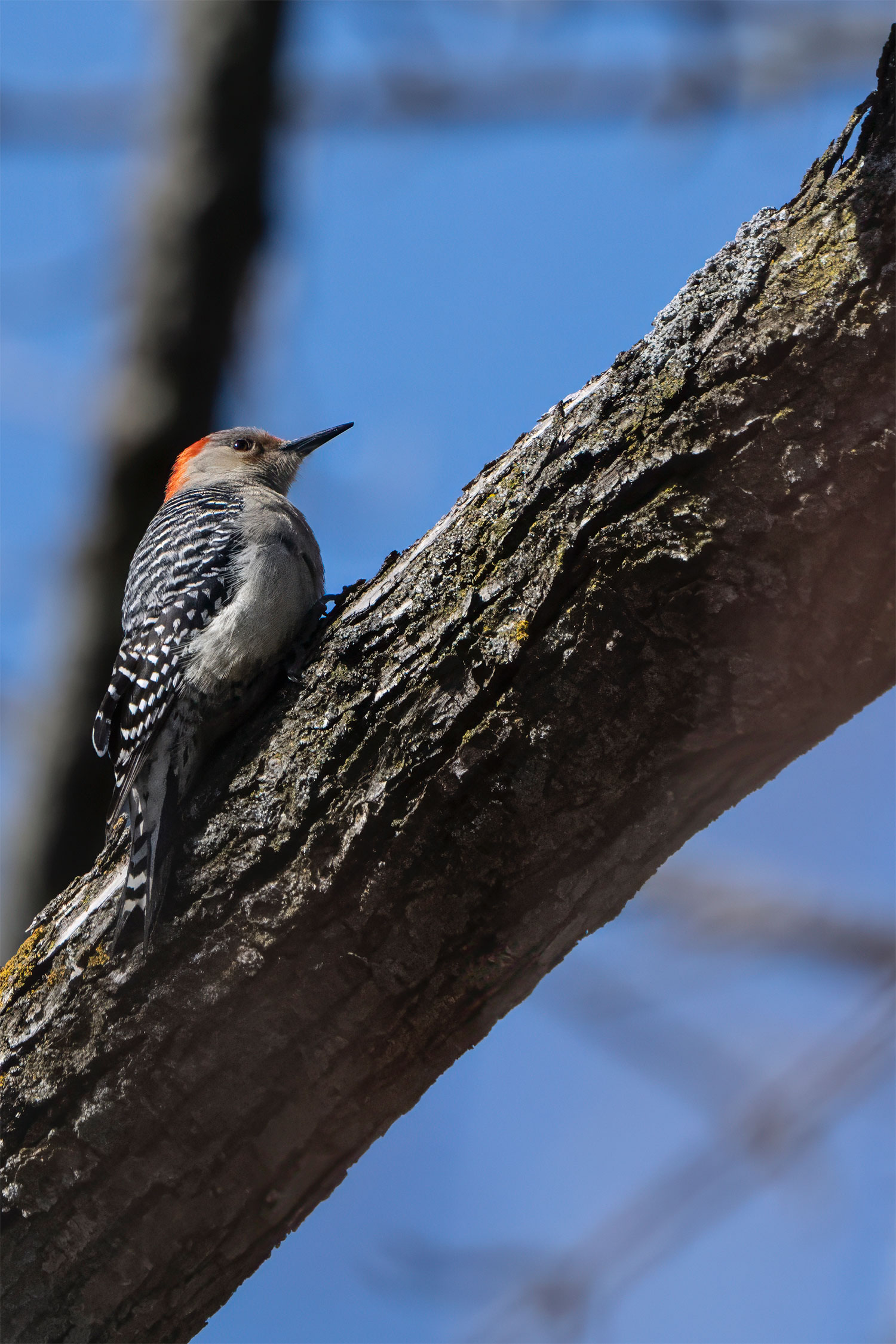
Red-Bellied Woodpecker
While in the area there are plenty of stops one can make for a birding break. There’s the Milwaukee favorite Kopp’s Custard or Solly’s Grille, which is one of many Wisconsin institutions that claims to have the best burger. Since everyone’s just finished their St. Patrick’s Day festivities, there’s another Milwaukee County staple in Glendale: Sprecher Brewing Company. Sprecher has resided in Glendale since the early ’90s and as Wisconsin’s first microbrewery; every proud Milwaukeean should visit its main facility at 701 W. Glendale Ave. at least once.
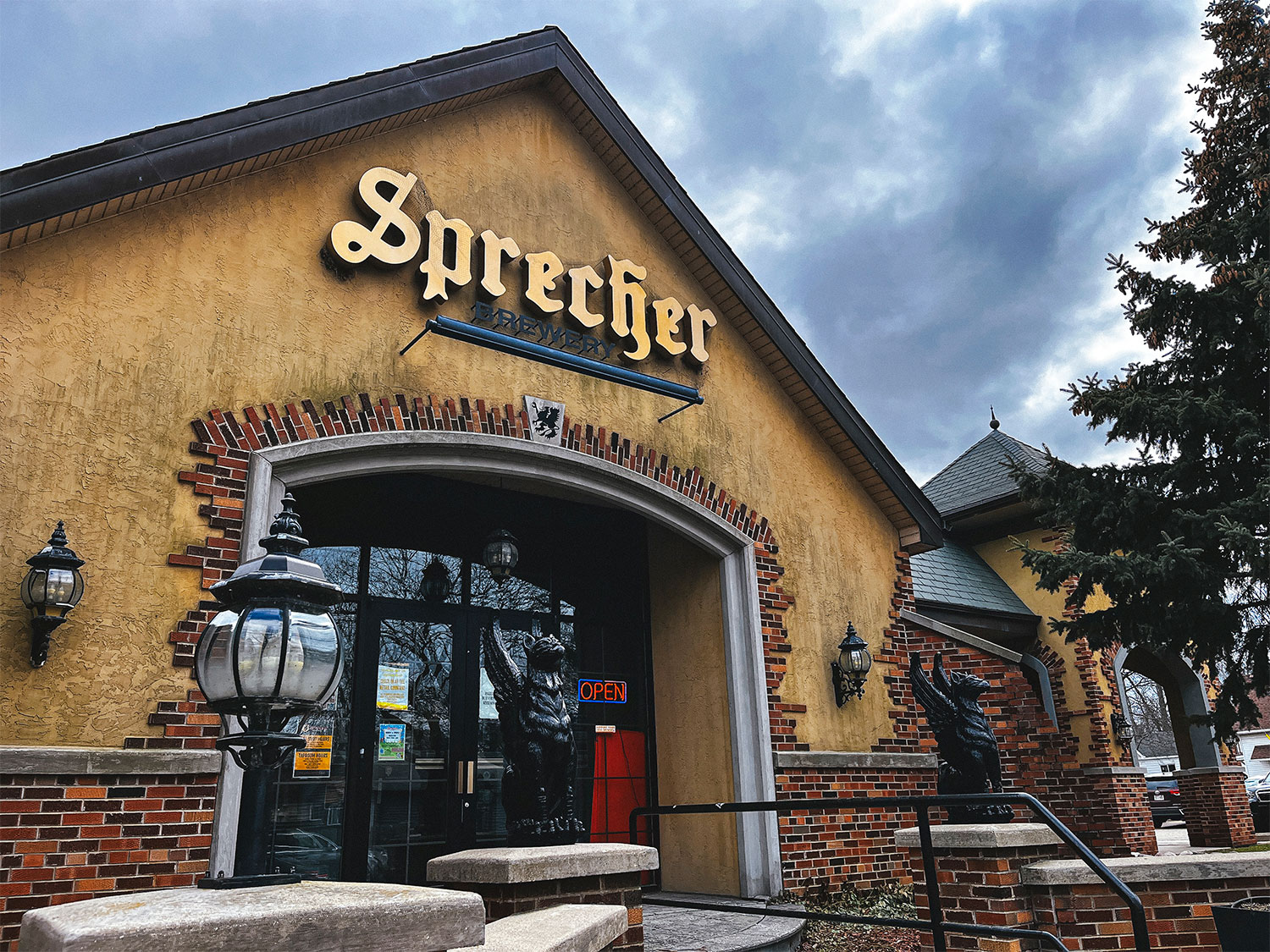
On top of that, for as much as Sprecher wants to tell us its mascot is a griffin, the “root beer famous” version of it is definitely just a crow with a whacked-out tail, so it earns some imaginary bird points there, too.

The tour is short and if you’re a non-drinker like me it’s also sweet because the root beer is unlimited for any tour-goers. Our tour guide was witty and as fiery as the fire-brewed barrels. The tour starts off with Ozzy Ozbourne’s “Crazy Train” and then you’re led off into what feels like a pretty small facility for an engaging breakdown of the company’s history and brewing processes. I’m not going to spoil the tour, but I came away impressed with how efficient (367 bottles per minute) a facility of its size can operate. Sprecher root beer is the holy grail of sodas and we should never take it for granted!

With a belly of liquid sugar there’s one place left to burn off calories. Kletzsch Park is located in the heart of Glendale and it’s the best birding spot in the city. The Oak Leaf Trail stretches across the length of its 141 acres while the Forked Aster hiking trail pushes you inwards towards heavy sections of forest and toward the Milwaukee River.
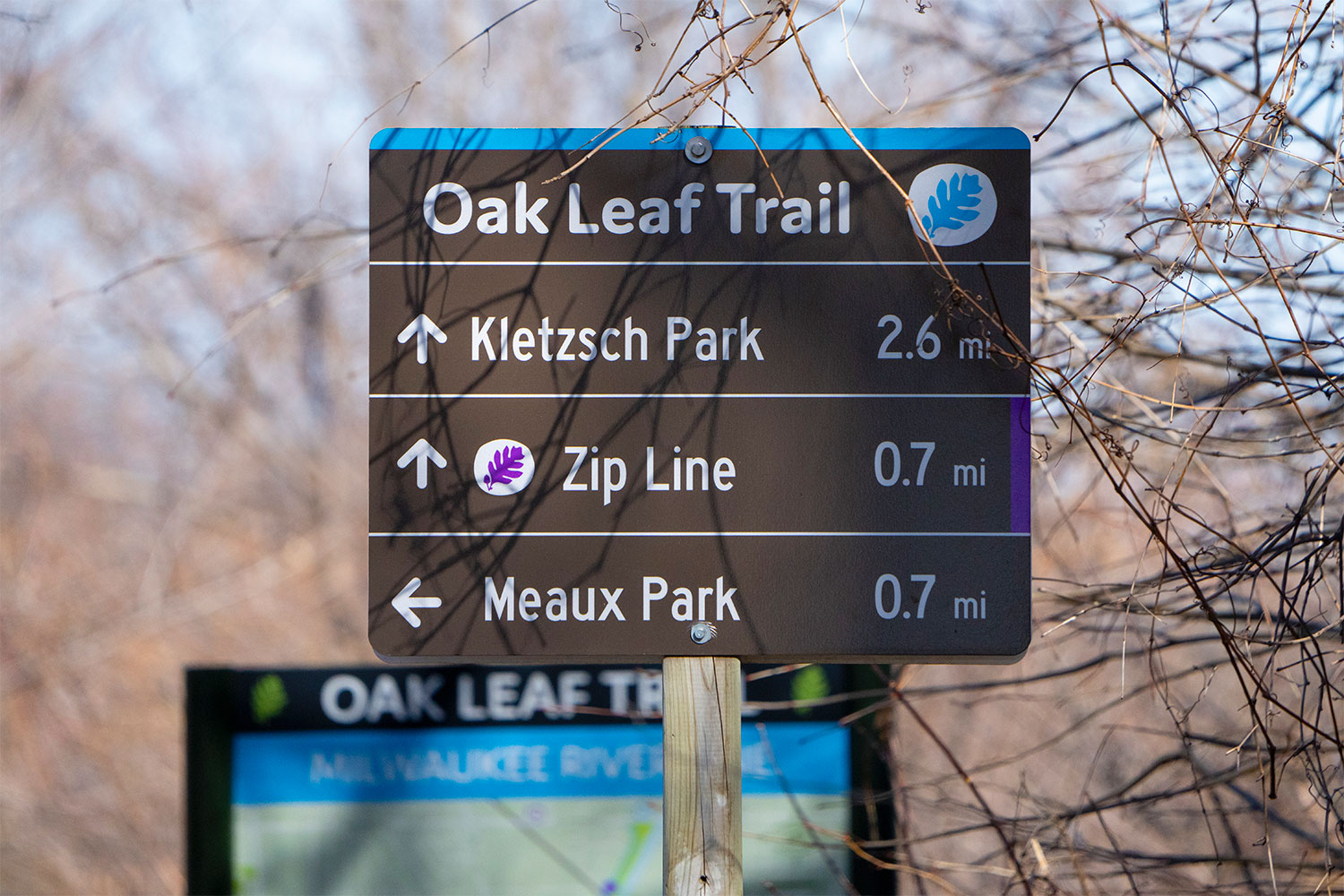
The Milwaukee River is a highlight, and the county has done a tremendous job in recent years to bring back value for wild species that call the Milwaukee River home. The southern end of the park includes a dam, which has become a popular fishing spot and was recently remodeled to incorporate a fish passage. This aquatic passage helps species like the northern pike travel to spawning grounds, ensuring there are more fish for years to come. This project is an incredible triumph for Milwaukee’s waterways which are as vital to birds as they are to us.
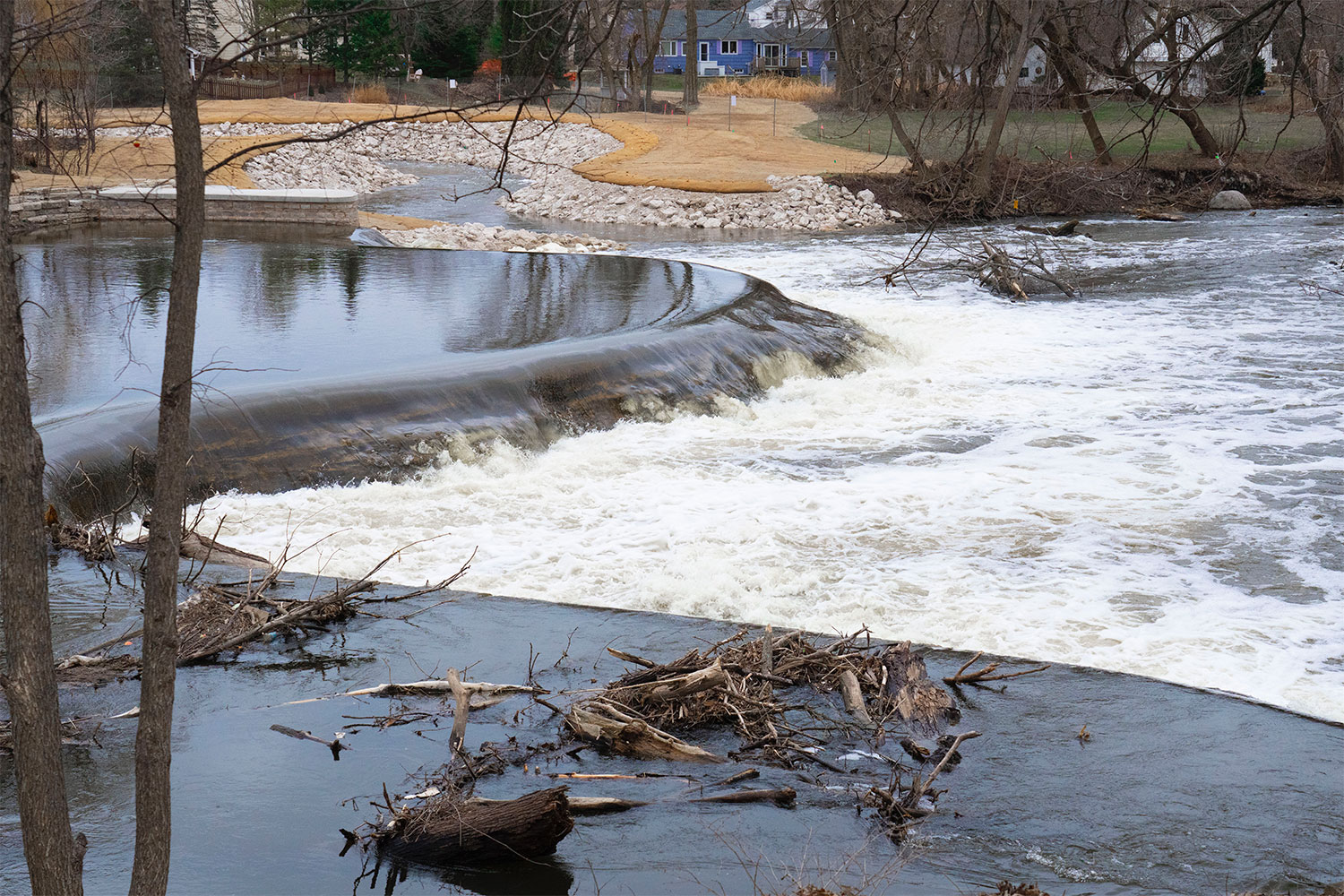
Outside of Lake Michigan, the Milwaukee River is one of the best spots to catch wintering waterfowl in the Milwaukee area. The majority of the river edge at Kletzsch is surrounded by tree cover making it the perfect place for all kinds of duck species to take a break. You never know what you might find! There are the classics like the aforementioned Canada geese alongside mallards, but don’t be surprised to spot mergansers, common goldeneye, or buffleheads.
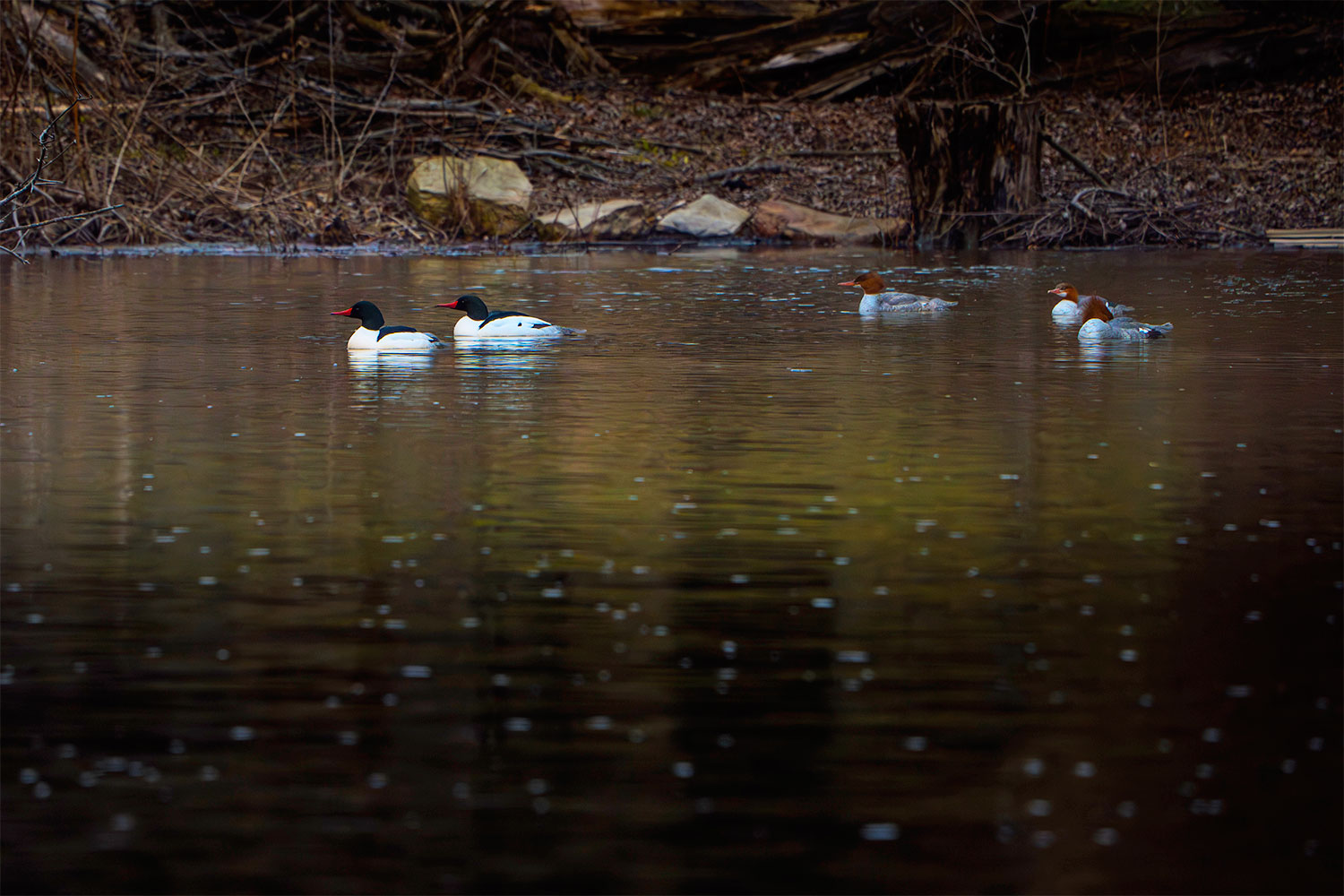
Common Mergansers
Wisconsin has a rich array of waterfowl that I encourage people to go out and find. The “garden variety duck” becomes a misnomer after observing these species for yourself. Parks like Kletzsch make for a great starting point for your own personal episode of Duck Tales. Head on up to Glendale, make friends with Rooty the Gryphon crow, and check out the waterways of this great Bird City!
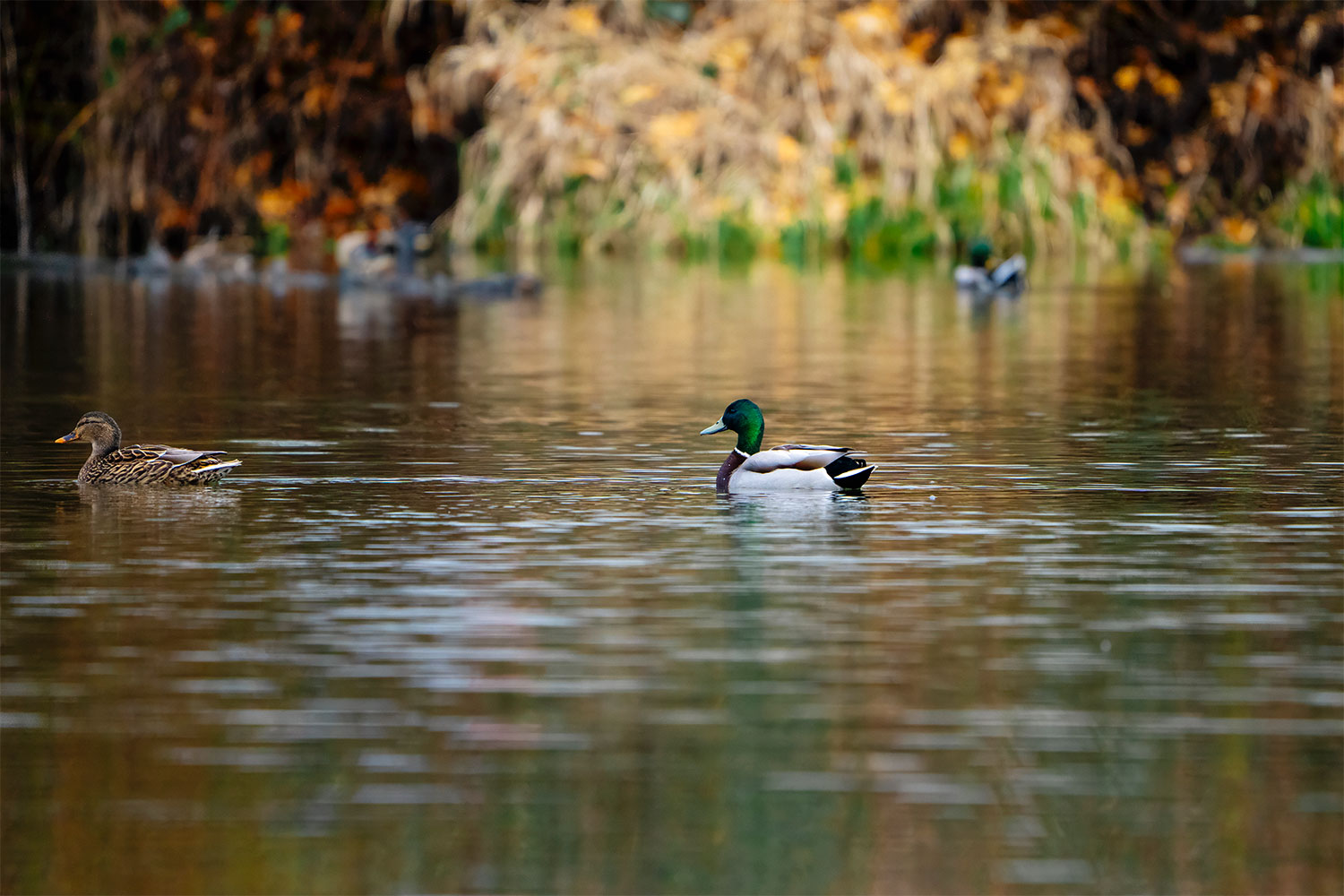
One of the many reasons the City of Glendale became a Bird City in 2019 is due to its promotion of the Cats Indoors program, an American Bird Conservancy initiative that educates the public on negative cat/bird interactions. To learn more about this program, I reached out to ABC’s Director of Invasive Species Programs, Grant Sizemore.
Q&A with Grant Sizemore, Director of Invasive Species Programs at the American Bird Conservancy
Milwaukee Record: Before we dive into Cats Indoors can you tell me a bit about the American Bird Conservancy?
Grant Sizemore: American Bird Conservancy is a 501(c)(3) non-profit organization founded in 1994 and dedicated to the conservation of native birds and their habitats across the Americas. American Bird Conservancy focuses on achieving results for birds by tackling the biggest problems facing birds today. The organization’s top-level goals include halting extinctions, protecting habitats, eliminating threats, and building capacity for bird conservation.
MR: Why did ABC decide to form the Cats Indoors program?
GS: American Bird Conservancy is a science-based organization that relies on sound science to guide priorities and deliver meaningful bird conservation results. Many years ago, American Bird Conservancy recognized that the science was increasingly indicating that domestic cats (Felis catus) are a threat to birds, and believed that this was an issue deserving of greater attention and a dedicated campaign. Thus, the Cats Indoors program was born. Since that time, scientific studies have only further emphasized how large and detrimental an impact domestic cats have on birds and other wildlife. In the United States cats are now the top source of direct, human-caused bird mortality.
MR: If there’s anything we know about today’s online generation it’s that they love cats. What has the response been to a program that reminds us all that while we love cats, they pose a real danger to bird life?
GS: One of the beauties of American Bird Conservancy’s Cats Indoors program is that, while our organization is focused on positive outcomes for birds, our solutions also benefit cats. It is widely accepted that people should be responsible cat owners and, as recommended by the American Veterinary Medical Association, keep their cats indoors, on a leash, or in a catio. Our message isn’t revolutionary. Essentially, we are just calling for treating cats more like we treat dogs. Today, it is generally unacceptable to abandon dogs or let them roam our communities, whether owned or unowned, and we believe these behaviors are inappropriate for cats as well. This message is catching on. I’ve observed an increased awareness of the numerous consequences of cats in the environment, such as harming birds, and growing support among cat owners and others for responsible cat ownership practices, including keeping cats indoors or on the owner’s property, sterilization, and microchip identification.
MR: What can cat owners do to protect backyard birds from their feline pets?
GS: The simplest solution is to keep pet cats indoors. For safe outdoor time, owners can choose to use a leash, a stroller, or a catio. These solutions not only protect birds and other wildlife but also keep pet cats safe from a variety of injuries and disease, such as being hit by a car, attacked by a coyote, or infected with parasites. Keeping cats indoors eliminates these risks and can lead to a healthier life for cats.
MR: The Milwaukee Area Domestic Animal Control Commission takes in around 6,000 stray cats from the Milwaukee area each year. In addition, Milwaukee County is a crucial stopover spot along the Mississippi migratory pathway. What problems do stray cats cause for birds, especially migratory birds, and what should people do to help?
GS: Any cat roaming outdoors is a potential threat to birds and other wildlife. Sadly, cats are the top source of direct, human-caused bird mortality in the United States (and Canada) and annually kill an estimated 2.4 billion birds in the U.S. every year. Even when cats do not attack birds, their presence in the environment has been shown to disrupt bird reproductive success by stressing adult birds and hindering their ability to provide adequate food to chicks in the nest. During migration, birds are particularly vulnerable. These birds travel hundreds or thousands of miles over a short amount of time and often arrive at critical stopover sites worn out and in desperate need of food and rest. Cats are instinctive predators that will hunt and kill wildlife even when not hungry. Thus, cats roaming such areas can be devastating to these migratory birds.
The most effective solution for managing stray and feral cat populations, as well as reducing the harm to people, pets, livestock, and wildlife from these running-at-large cats, is to remove them from the landscape, just as we do with dogs. These cats can be adopted, housed in animal shelters or cat sanctuaries, or placed in other enclosures. Under no circumstances, however, should these cats be re-abandoned outdoors. Cat owners and communities can help by treating cats more like we treat dogs. This includes supporting responsible cat ownership solutions, including keeping cats under an owner’s control (e.g., indoors), requiring sterilization to prevent unwanted pregnancies, and supporting identification and vaccination, as well as instituting animal control policies that remove stray and feral cats from the landscape.
Want more Milwaukee Record? Subscribe to our free weekly newsletter and/or support us on Patreon.
RELATED ARTICLES
• Bird City, Milwaukee County: Exploring the Schlitz Audubon Nature Center in the Village of Bayside

